Digital barracks, Mikhail Bakhtin’s Concept of Polyphony and Studies of Illness Narrative: An anthropologist’s Note
Digital barracks, Mikhail Bakhtin’s Concept of Polyphony and Studies of Illness Narrative: An anthropologist’s Note
Mi objeto de este tesis es para rescatar los pedazos numerosos de las narrativas sobre las experiencias de ser enfermos/enfermas, los que se hacen en todo los tiempos y los días, y los que se hacen aparentemente de ser olvidado, no por de notar y inscribir sino por de recordar mnemónicamente como metodología humanística.
| Resumen “I will be giving the educational presentation in the conference upon a request by the President.” “Your educational presentation? Are you kidding? I know you have some contributions in the field of medical sociology and its neighboring discipline (medical anthropology), but I’ve never heard you’ve been working on the research theme that you make your life to, nor you have prominent academic accomplishments in particular, because you are so eclectic? I would rather suspect you send him a bribe or you scare him to push the envelope as often you do successfully?” “Your doubt is not surprising! But in the past I gave the presentation titled Medical Sociology of Antonovsky’s Theory and I also have been involved in organizing some round-tables for our academic association, such as Illness Narratives: Bridging between Philosophy and Anthropology/Sociology, and Health as a Translational Act: A New Interpretation on Medical Act. It is true my discussions are often too complicated for students, and even for colleague scholars, and I have a bad name for abstruse lectures of which conclusions aren’t always clear for everyone, I admit.” “Exactly! Exactly! You are lacking of the ability of being patient enough to persuade others.” “But, after the ten-years-and-over commitment to the interactive classes for graduate students, I am gaining positive feedback from the participant students. They just say, ‘Your class is great’.” “Is there any relevance between interactive classes and this educational lecture you are going to give?” “Very much indeed! Other than the authentic sociology, inter-personal communication studies, clinical psychology, behavioral science, etc. The theories and methods in all of these popular disciplines are adapted or diverted to the medical and health care settings in a cycle of several years (one exception is the narrative tide that has been prosperous for these 20 years)?” “The situation averts you from Grounded (but Grand?) Theory?” “No, it’s not the Grounded Theory followers. It's the tide driven by the practical turn of research, that is, ‘be close’ to the medical practice, which represent the current stream of this academic association.” “In that sense, ‘contestation’ might be a counter-action that attempts to convert researchers to the patients or the people who face medical problems?” “Could be ?!” “And, what are you going to speak?” “To say frankly, it’s, like, a meta-narrative analysis of illness and healing spoken by medical sociologists (fellows?).” “The word ‘meta’ implies the narratives on the ‘narratives on illness’ that is equal to the discourse of sociologists?” “That's right! I mean, at the present time, these narratives and discourses makes a polyphonic situation as whole!” “Now I understand a bit, that cross-cuts with Bakhtin’s concept of Polyphony. But, someone has already done the similar things as discourse analysis or semiotic studies of narratives? Then, your meta-narrative analysis, that you name, would be a kind of ‘back-to-basic’ departing from the practical turn as you said earlier?” “That’s one possibility. But, keep calm and think. The biomedicine practitioners have proclaimed to advocate the practical development for the interests of patients, since the birth of the science they are based on. However, the criticism on medicine has never ended, that I presume an evidence of betrayal.” “You’re right. And vice versa. Some scholars and their scholastic works apparently seem indifferent from the real-world situation, but it could not be true they are, as they seem.” “Maurice Blanchot says: Le récit n'est pas la relation de l'événement, mais cet événement même (The narrative is not the relation of the event, but the event itself).” “Voilà, voilà! Let's see how you do it!” |
The Japanese editon of this
page was appeared in illness_narrative_170521.html
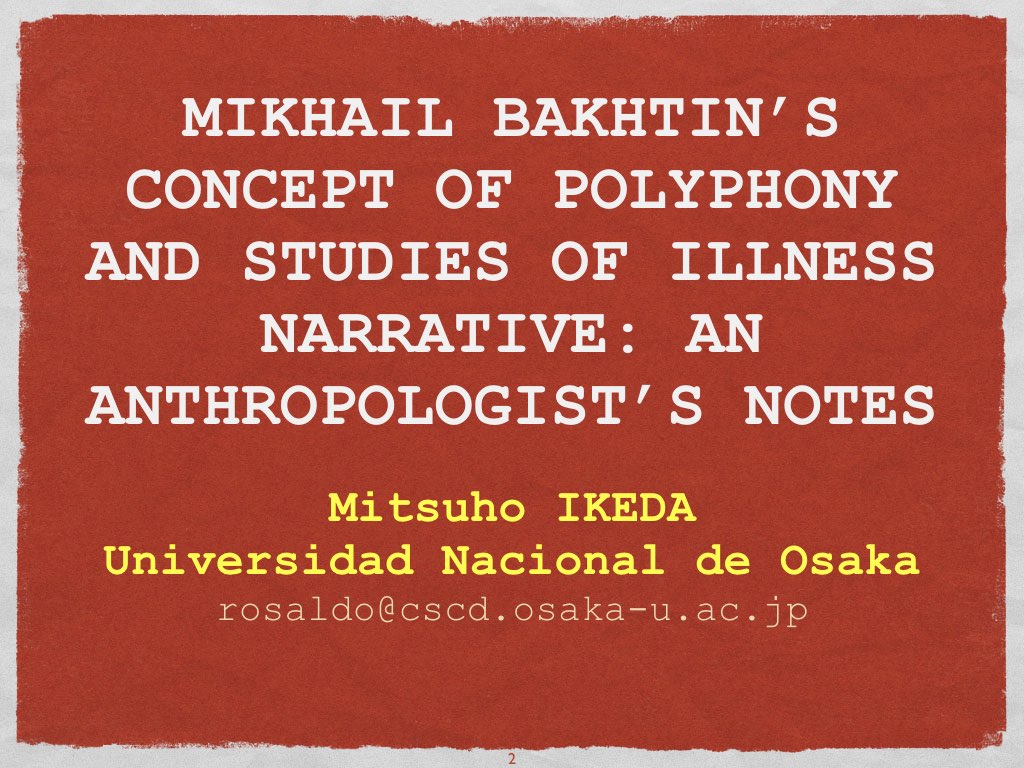 |
1. My presentation title is, Mikhail Bakhtin’s Concept of Polyphony and Studies of Illness Narrative: An anthropologist’s Notes. |
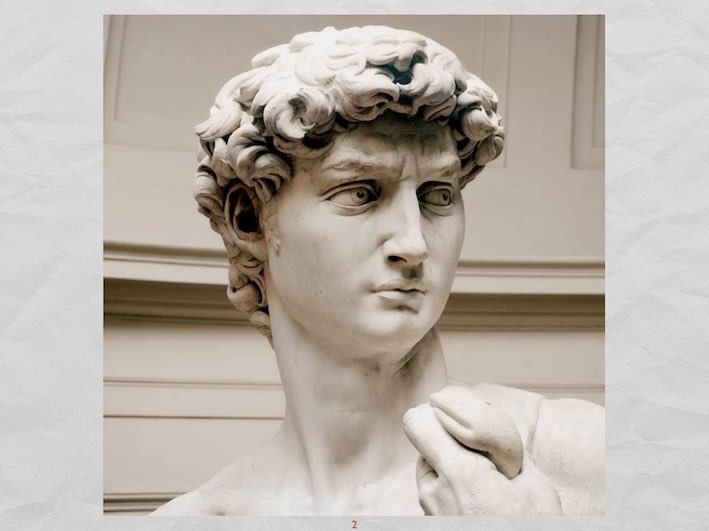 |
2. (quote) "There were two men in the same town: one a man of great wealth, and the other a poor man. The man of wealth had great numbers of flocks and herds; But the poor man had only one little she-lamb, which he had got and taken care of: from its birth it had been with him like one of his children; his meat was its food, and from his cup it took its drink, resting in his arms, and it was like a daughter to him. Now a traveller came to the house of the man of wealth, but he would not take anything from his flock or his herd to make a meal for the traveller who had come to him, but he took the poor man's lamb and made it ready for the man who had come." (2 Samuel, 12:1-4) If you had to stop reading (listening to) this episode from Old Testament up here, for some reason, you would be anxious to know the rest of the story--- this is actually what I experienced on the other day. The stories spellbind its listeners or readers once it takes their attention. I am going to narrate this nature of stories. |
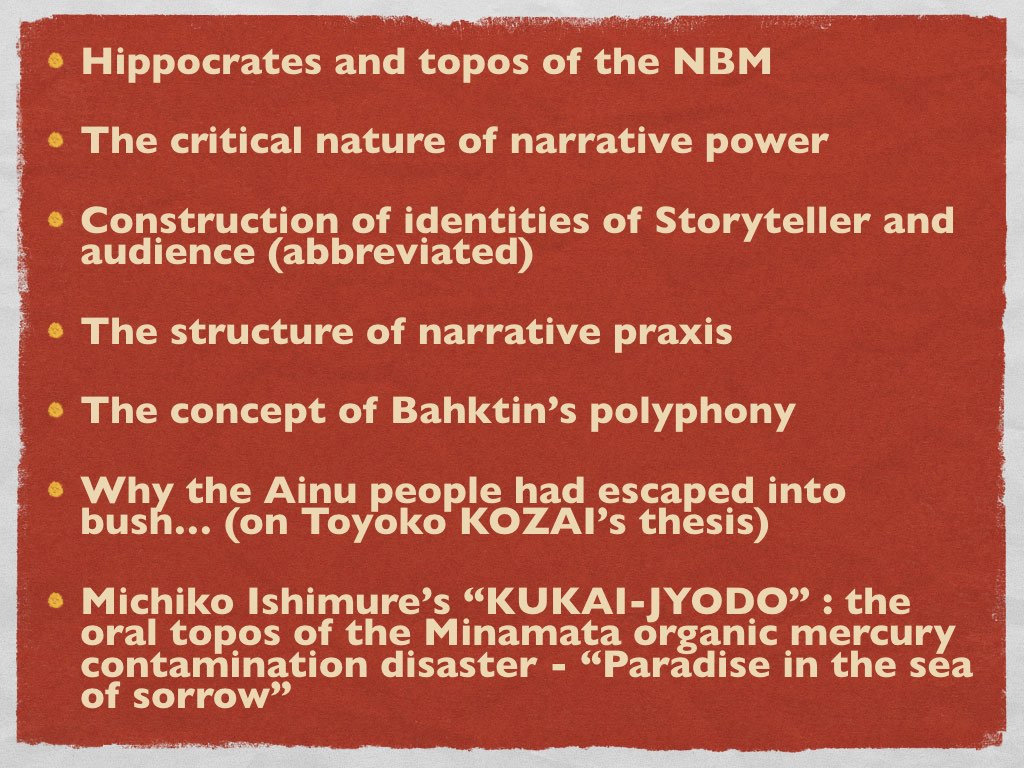 |
3. My presentation's storyline is following these. First; Hippocrates and the topos (pl. topoi) of the Narrative-Based Medicine, Second; the critical nature of the narrative power, Third; construction of identities of Storyteller and audience, that I going to omit, Fourth; the structure of narrative praxis, Fifth; the concept of Michael Bakhtin's concept of polyphony, there is no much mentioning his polyphony theory even it appears in my main title. Sixth; I will focus with Samurai, Takeshiro Matsu-ura's commemorative narrative on SHIKOTZU-AINO, the Ainu indigenous male hermit. The last, Seventh; having concluding remarks, on Michiko Ishimure’s novel entitled, "KUKAI-JYODO: Paradise in the sea of sorrow,” famous documentary narrative of the people under the Minamata organic mercury environmental contamination disaster in Kyushu, Japan, in 1960s. |
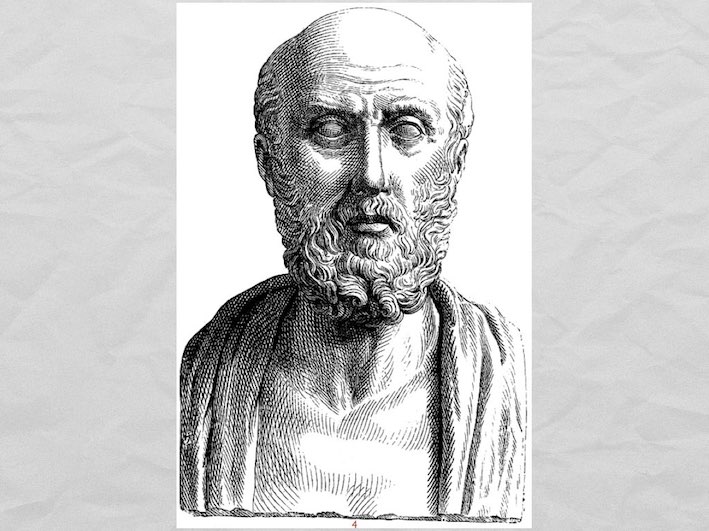 |
4 4. Let us check our ancient famous ancestor of Western medical tradition, Hippocrates. To refer his book "On the Sacred Disease," he criticizes completely against so called shamanistic healing that he understands as curing by oratory activities so called healing system by language, a kind of idealistic representation. Instead of this verbal healing, he insists that the advantage of humoral medicine. So, we find him the founder of materialistic biomedicine which tradition has continued in modern medicine. |
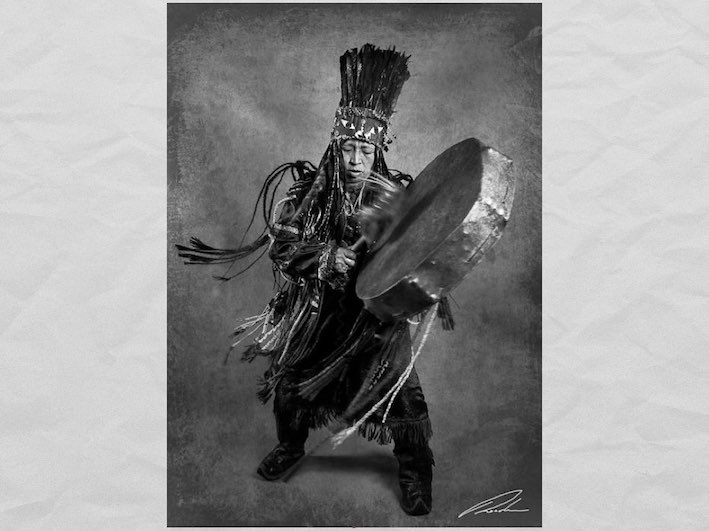 |
5. We can remind that Hippocrates is the first critique against the ancient form of the Narrative-Based Medicine, the shamanism. So, shamanistic medicine is nothing but a Narrative-Based Medicine, NBM. |
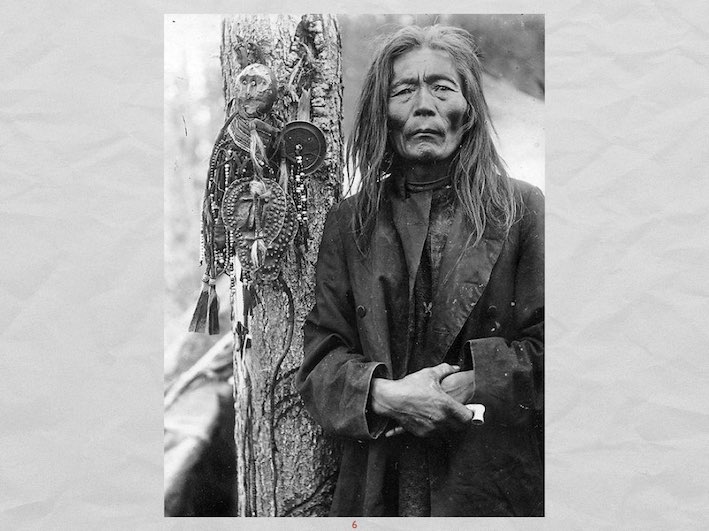 |
6. Thus, “The birth of narrative turns," what as often NBM worshippers refer to when they describe that Narrative-Based Medicine arose as a solution for the alienation of human Geist caused by excessive prevalence of Narrative-Based Medicine, is a “myth," a fantasy, a fable or whatever and the fact is totally different. Narrative-Based Medicine is the oldest and authentic care system that could be included in the repertoire of legacy of human intelligence, and one of arts. |
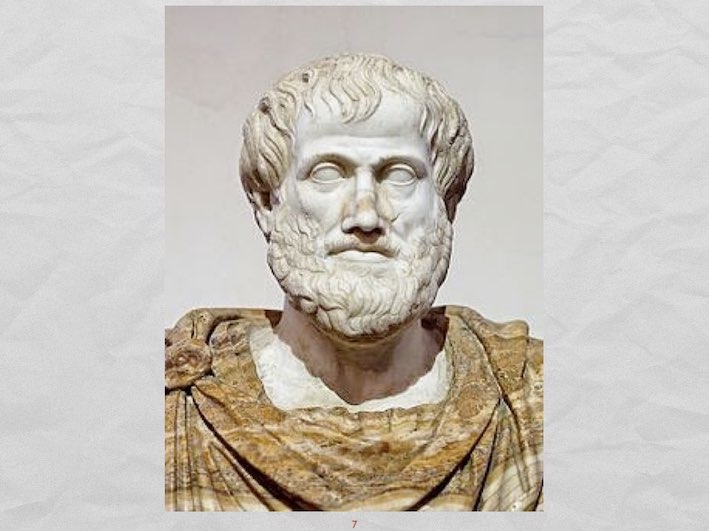 |
7. In summary by using Aristotle's syllogism, we can certify that shamanistic healing is of both ancient and authentic Narrative-Based Medicine techniques. Major premise: Shamanistic medicine is the oldest medical care in the world. Minor premise: Shamanistic medicine is a narrative-based medicine. Conclusion: Therefore, the Narrative-Based Medicine is the oldest medical care in the world, as a matter of fact. Ironically saying, Hippocrates the great has demonstrated to the nature of Narrative-Based Medicine by criticizing his counterpart medicine. |
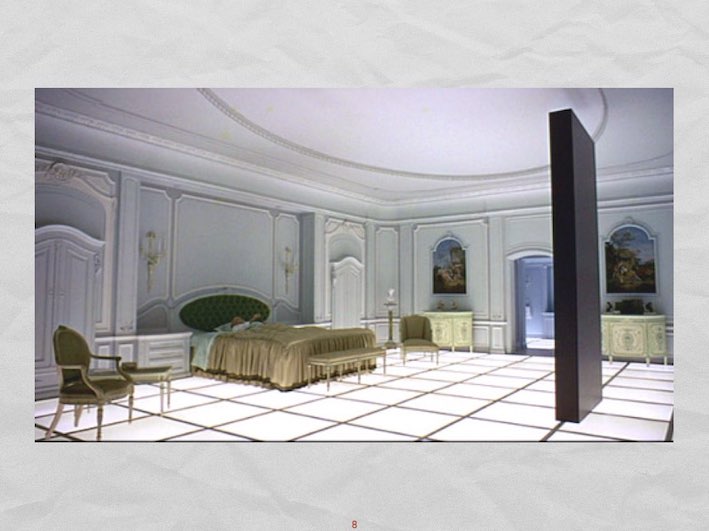 |
8 8. This discovery of the Narrative-Based Medicine is looked like the story of presence of the monoliths of Arthur C. Clark's Science Fiction, "Space Odyssey." We can see the appearance of the Narrative-Based Medicine is important of our time when we rediscover the clinical dialogue after the anti-romantic epic of arrogance of materialistic biomedicine, even though the most ancient Narrative-Based Medicine form, shamanic healing always is applied in the end of the world. |
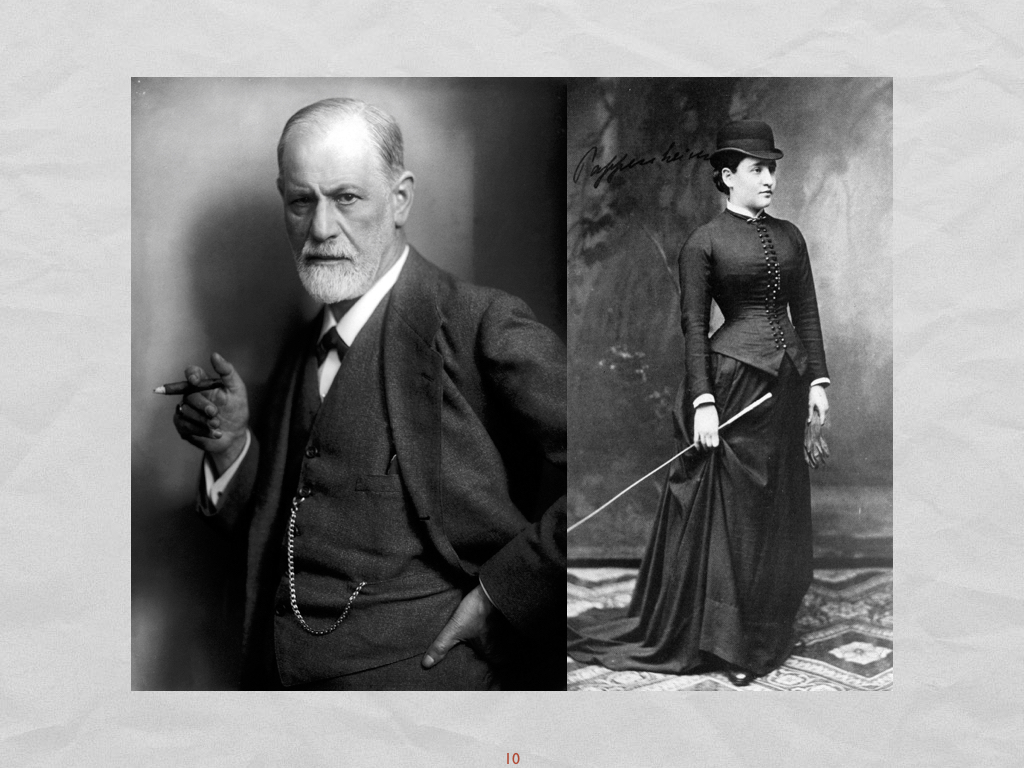 |
9 9. Nothing to say, the Narrative-Based Medicine is historically based on another tradition, the Freudian therapy. The "therapy of conversation," which was named by his patient, Bertha Pappenheim (in right photo). |
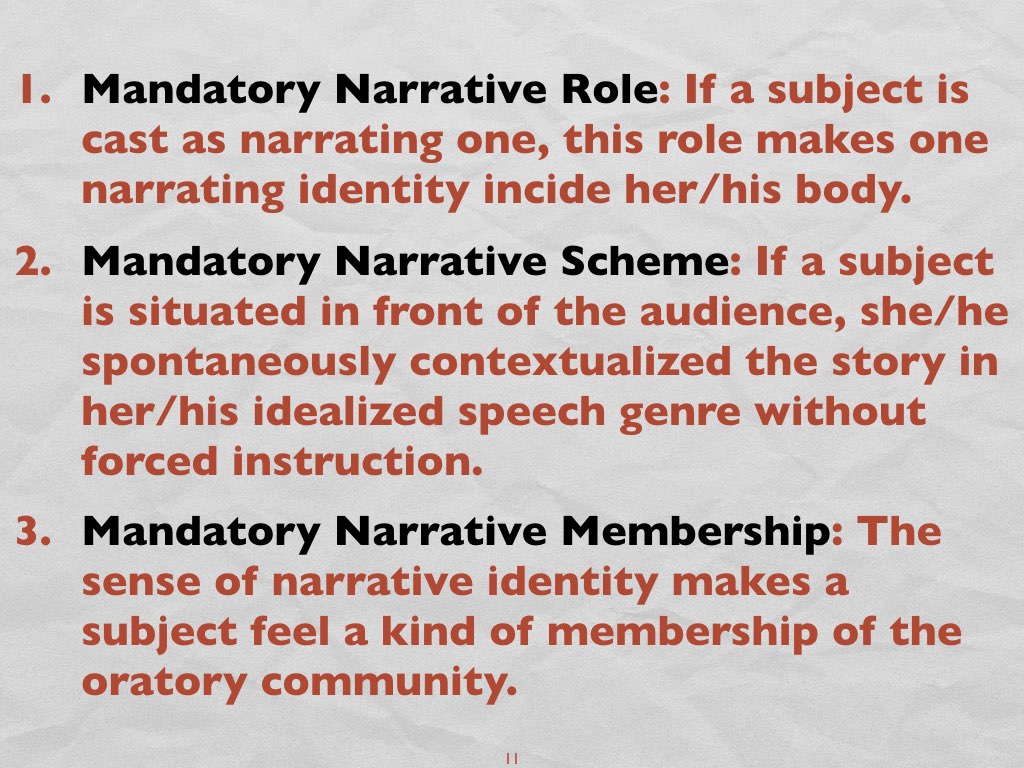 |
10. Thus, I can brief my discussion mentioned above in three mandatories aspects that are mentioned bellow within the structure of not only illness narrative but narrative in general. One; Imposed Narrative Role: If a subject is cast as narrating one, this role makes one's own narrating identity inside her body. Two; Imposed Narrative Scheme: If a subject is situated in front of the audience, she spontaneously contextualized the story in her idealized speech genre without feeling with forced indication. And, three; Imposed Narrative Membership: The sense of narrative identity makes a subject feel a kind of membership of the oratory community. This is in reflexive process of identity formation of narrators vice versa. |
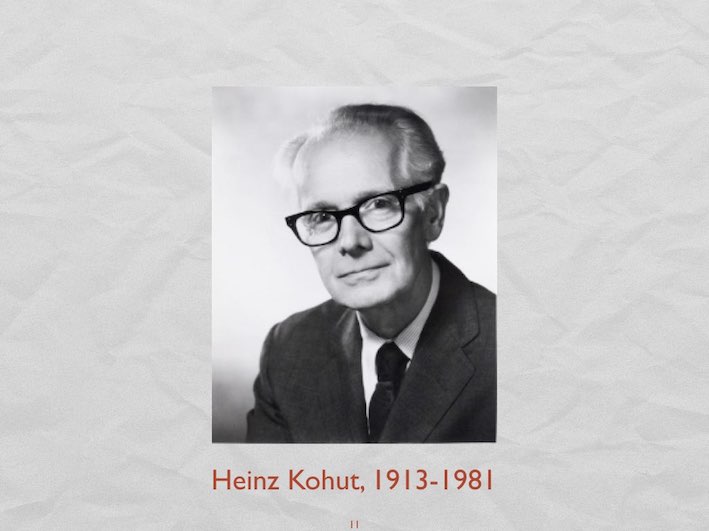 |
11 11. Now we focus the structure of illness narrative practices. In general narrative can be generated from post hoc one's own experience. We can distinct between "experience-near" and "experience-distant" concepts what Austrian-American psychoanalyst Heinz Kohut, calls. According Clifford Geertz (1983), (quote) "An experience-near concept is, roughly, one that someone ---- a patient, a subject, in our case an informant ---- might himself naturally and effortlessly use to define what he or his fellows see, feel, think, imagine, and so on, and which he would readily understand when similarly applied by others. An experience-distant concept is one that specialists of one sort or another ---- an analyst, an experimenter, an ethnographer, even a priest or an ideologist ---- employ to forward their scientific, philosophical, or practical aims. "Love" is an experience-near concept, "object cathexis" is an experience-distant one. "Social stratification" and perhaps for most peoples in the world even "religion" (and certainly "religious system") are experience-distant; "caste" and "nirvana" are experience-near, at least for Hindus and Buddhists." (Geertz 1983:57) |
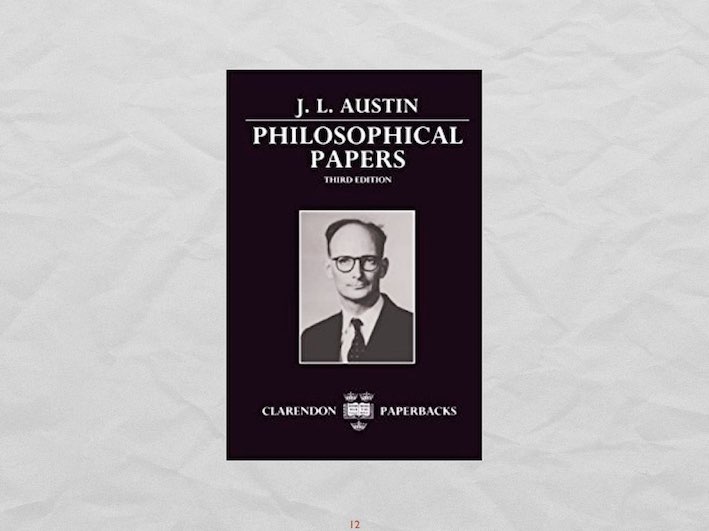 |
12 12. And in certain narration there are performative utterance and constative utterance that we may analysis by John Austin's speech act theory. Especially the performative utterance in narrations can evoke readers' and audiences' perspectives and emotions, that gives ontological reality even in reading the fiction. |
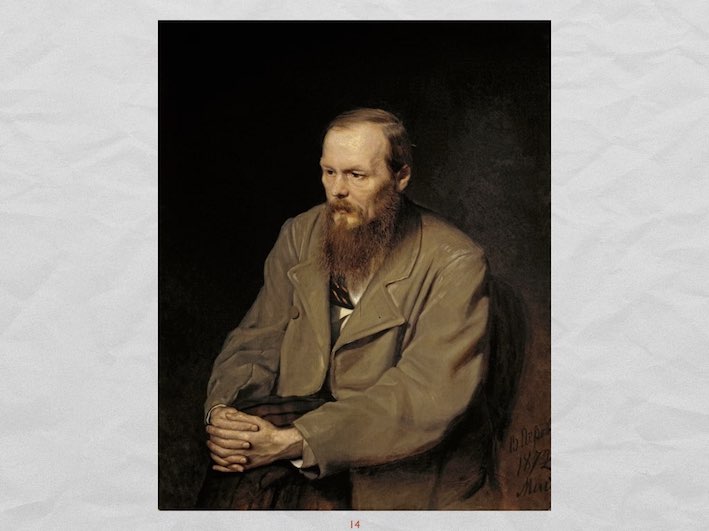 |
13 13. I am inspired from Mikhail Bakhtin's early work on the first edition of "Problems of Dostoevsky’s Art," in 1929. But my concern is not in polyphonic aspects in Dostoevsky’s novels but in what the characters can have potential to certain subjectivities free from the author's casting definitions. In other words, I would like to know how the protagonists can have their own autonomy free from Dostoevsky himself. |
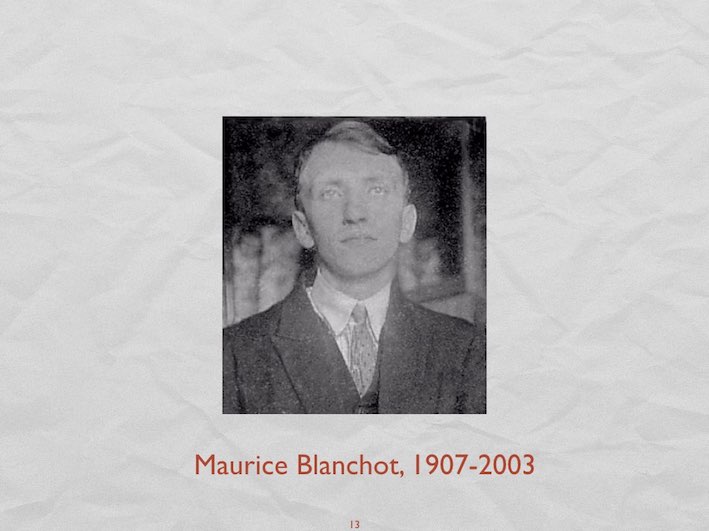 |
14 14. I think that Dostoevsky’s polyphonic autonomy in narrative can be related with Maurice Blanchot's definition or description of narrative, "récit."; "Le récit n'est pas la relation de l'événement, mais cet événement même," (El relato, o la narrativa, no es la relación del evento, sino este evento en sí); The narrative is not the relationship of the event, but this event itself. |
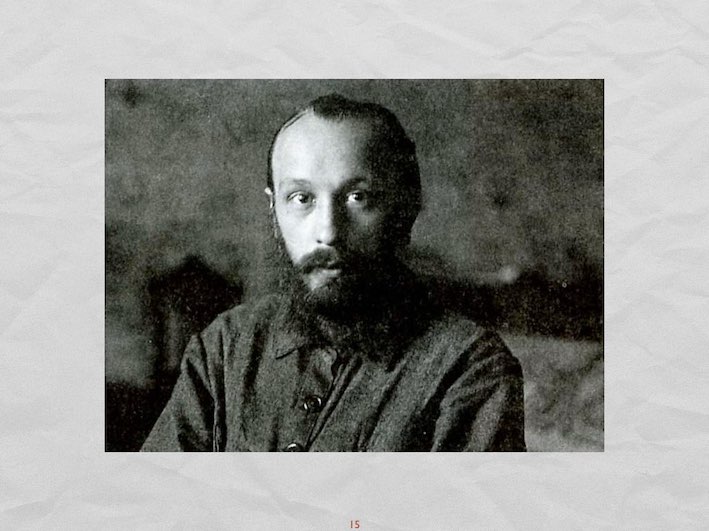 |
15 15. I have familiarized with Bakhtin's theories for long time but I had never been interested in polyphony theory itself, one of his most famous his theses. There are two major contradictory problems. (1) The original thesis of his "Problems of Dostoevsky’s Art" which criticizes monologic understanding by the former Russian critiques, can also belong with his own monologic critique sphere. (2) The polyphonic potential does not come from the narrative structure itself of his work but invocate or summon directly readers to participate as literary function. The latter has mentioned before as "Imposed Narrative Role, Scheme, and Membership" that I have defined. |
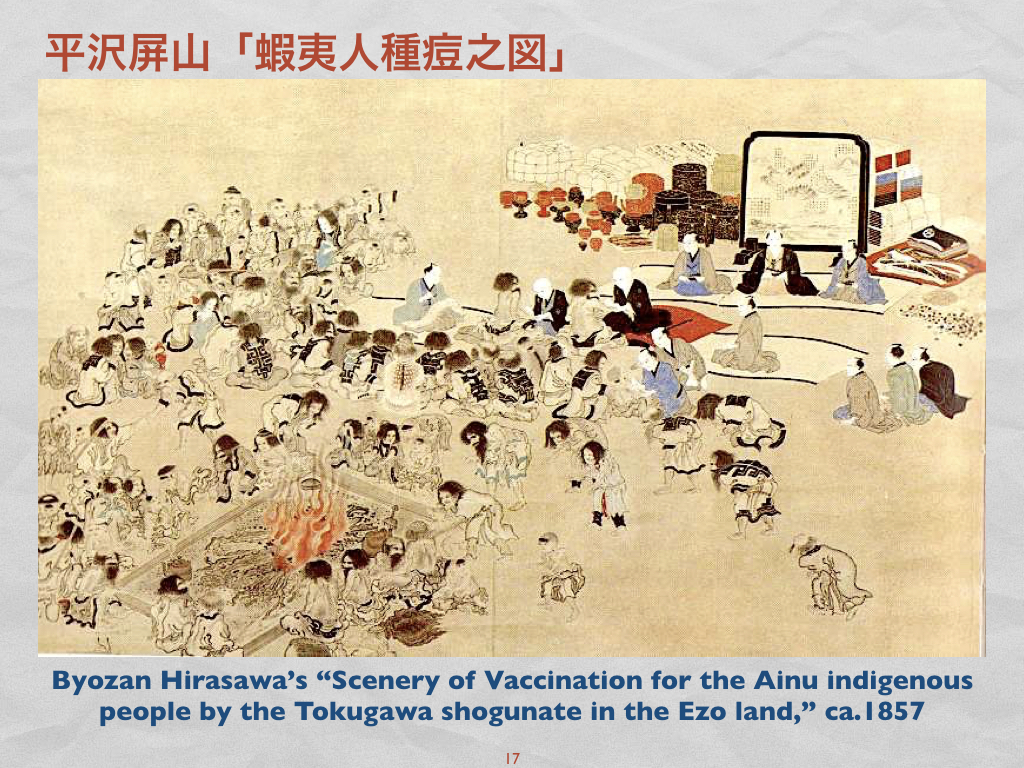 |
16 16. In my original Japanese paper, I discussed on the narrative of "Shikotzu-Aino," the Ainu Indigenous man around 47 years old hermit, who was mentioned by Mr. Takeshiro Matsu-ura in his book, "Kinsei Ezo Jinbutu-shi," (Who's who in Modern Ezo area, the Hokkaido). I examined the Toyoko Kozai's thesis, "Why the Ainu people has escaped into bush when the old government, the Tokugawa shogunate, had conducted." Unfortunately, I will cut my discussion on the colonial and postcolonial situation in the Ainu indigenous people. Only I will present the outline of the importance of recall of his narrative in "scrath," will be mentioned later. |
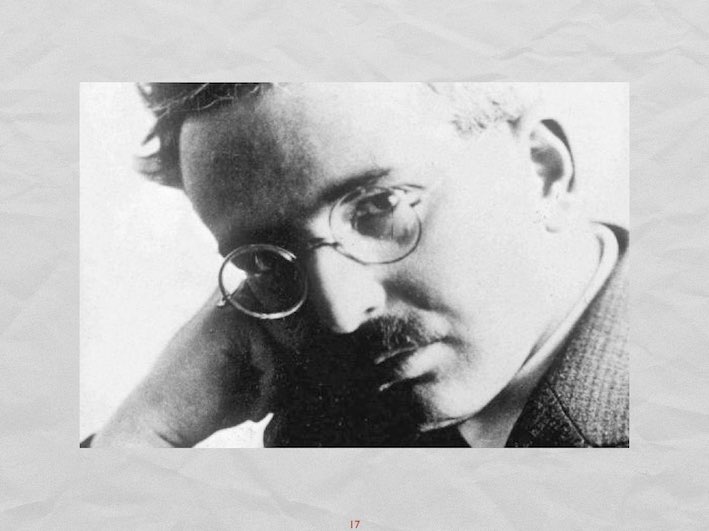 |
17 17. Walter Benjamin (1892-1940) wrote another story on narrative from his writer's and/or narrator's perspective in his essay on Nikolay Leskov (1831-1895), entitled as, "The Storyteller, Reflections on the Works of Nikolai Leskov," (1936). |
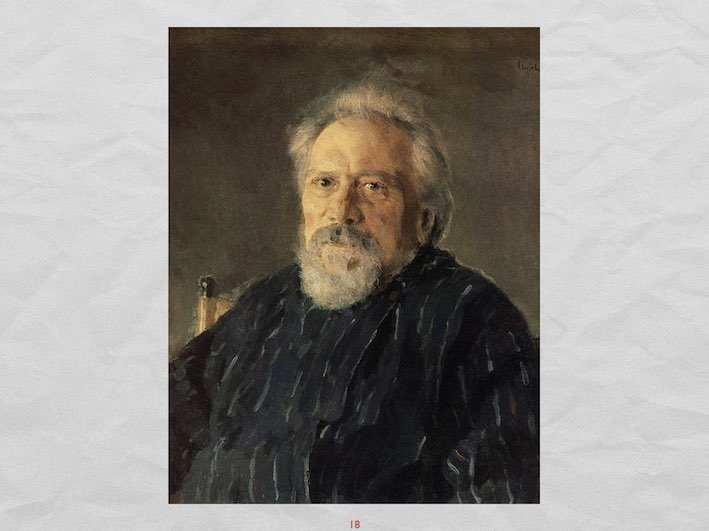 |
18 18. According Benjamin's discussion, the storyteller is not the same to writer or novelist. Leskov was one of storytellers in the age of Tsarist Russia. Benjamin looked disappearing "aura," or "new beauty in what is vanishing" in Leskov' works. The important thing is to recall "aura in narrative" in one's memory just like Benjamin says. (quote) "It has seldom been realized that the listener's naïve relationship to the storyteller is controlled by his interest in retaining what he is told. The cardinal point for the unaffected listener is to assure himself of the possibility of reproducing the story. Memory is the epic faculty par excellence. Only by virtue of a comprehensive memory can epic writing, absorb the course of events on the one hand and, with the passing of these, make its peace with the power of death on the other." (Benjamin 1968:97) |
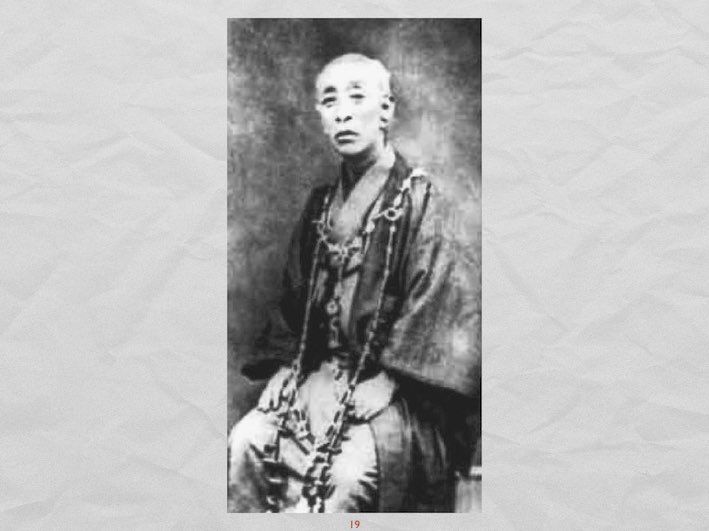 |
19 19. This portrait is the image of Samurai, Takeshiro Matsu-ura (1818-1888), who had collected the narrative of the Ainu, SHIKOTZU-AINO, an Ainu indigenous male hermit, mentioned before. Samurai Takeshiro had three year older than of Dostoyevsky, and thirteen years elder than Leskov. Takeshiro was famous of great patron and advocate on the Ainu people. It may be coincidence that both Leskov and Samurai Takeshiro were good at using "scrath," one of rhetorical expression of Russian literature. According Russian formalist theory, "scrath" is the literary style that personal voice of the other is expressed direct quotation. Thus, there is other voice sorting into description without quotation mark. Bakhtin explained that the "scrath" is "nothing but the orientation to other language, and the orientation to spoken language in result." The simple thesis is that the storyteller finally imitates one's informant's voice through hearing, listening, and copying other voices. |
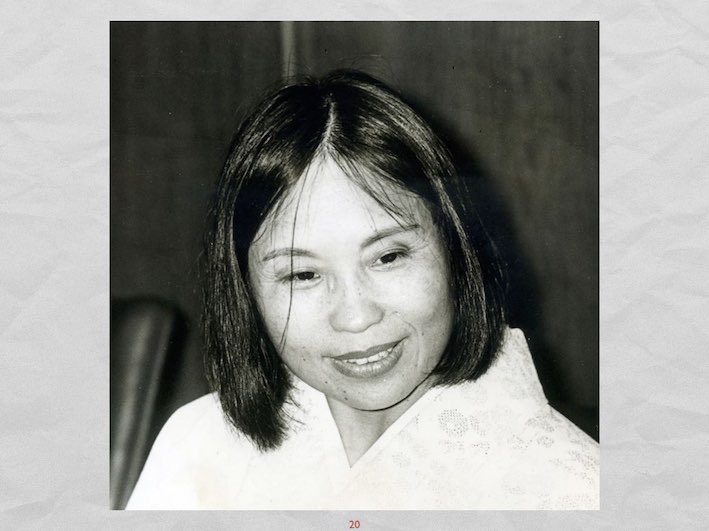 |
20 20. So, my time has come. Our odyssey should return to home. Finally, I propose to re-reading the great work of our modern literal tradition not only of illness narratives but of anguish messages of oppressed victims by Japanese "economic" rapid growth without reflexivity and modesty. The name of the work is “KUKAI-JYODO: Paradise in the sea of sorrow," by novelist Michiko Ishimure, famous documentary narrative of the people under the Minamata organic mercury environmental contamination disaster in southern Kumamoto prefecture, Kyushu, Japan, in 1960s. Madame Ishimure was one of members of the plaintiff group against the Chisso Cooperation, responsible to contaminate the Shiranui-bay sea by mercury at least over 20 years, the prefectural government and the central government, both have responsible to surveillance and supervising. But the accused had defended themselves innocent because of unknown forbearance and not-guilty by that there had not been environmental protection laws before legislation process. This non-fiction novel, " Paradise in the sea of sorrow," has appeared in 1969 at the time of the mid climax of the judicial trial. The social meaning of this epoch-making novel provokes many left-wing young into protest movements. Today I use to read her "Paradise in the sea of sorrow" in my postgraduate class. Even for postgraduate students they cannot read easily dialect expression of Shiranui-talk ("Shiranui-Ben”) and old fashioned Japanese medical paper written in both Katakana and Chinese characters in 1950s. So, it is worth to read comparatively between Japanese original and English translation version by using the contrapuntal reading borrowed the Edward Said's suggestion. |
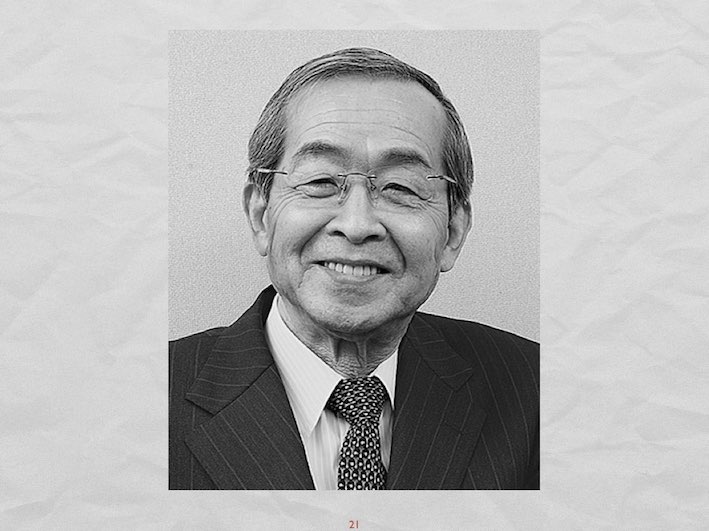 |
21 21. Dr. Masazumi Harada was one of allied members of the plaintiff group. After publishing his "Minamata Disease," by Iwanami-Shoten publisher, 1972 (English translation, 2004), Dr. Harada became to icon of Japanese heroic doctor against all the nature of evil by narrating in his own form, parrhesia, just like Dr. Bernard Rieu in Albert Camus, "The Plague (La Peste)." In his parrhesia-like narrative, it is worth to read his original rhetoric using visual experience to become "witness" relating with moral commitment imperative even though it seems a kind obsessive feeling. |
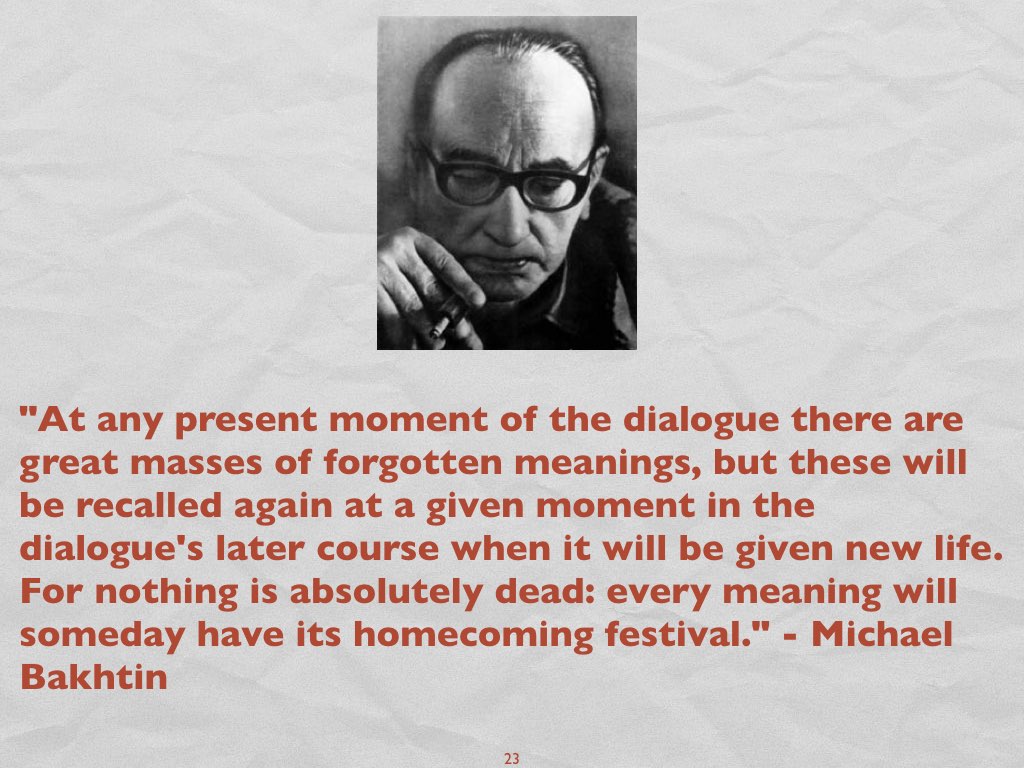 |
22 22. In my first section I mentioned the Narrative-Based-Medicine is one of ancient medical system. Because of original and authentic based in our history, thou shall not feel uneasy to disappear illness narrative. In his dying bed, even though he joined with the Eastern Orthodox Church, Mikhail Bakhtin asked his one of disciples to read the first chapter of Giovanni Boccaccio's "Decameron," that he loved always, instead of his deathbed confession. The story is very ironical with Bakhtin's life that chapter itself says, "Ser Ciappelletto cheats a holy friar by a false confession, and dies; and, having lived as a very bad man, is, on his death, reputed a saint, and called Saint Ciappelletto." Bakhtin had suffered for life-long period with political exile, censorship, and investigation, and also he cannot pass his doctoral thesis on François Rabelais' carnivalesque theory and cannot promote his academic position. Before his death, there was no reputation even though within his small academic circle. When he was young he wrote many books with his friends' names, so there were his ghostwriting books and papers that are even now under examination of his authorship. But today by his posthumous myth and unique theories that remained and transmitted to post-Soviet world, he is now one of great academic icons of literal theory and modern thoughts. Bakhtin's theories never die because he breathed life to non-lived sentences and paragraphs that can make their dialogues. |
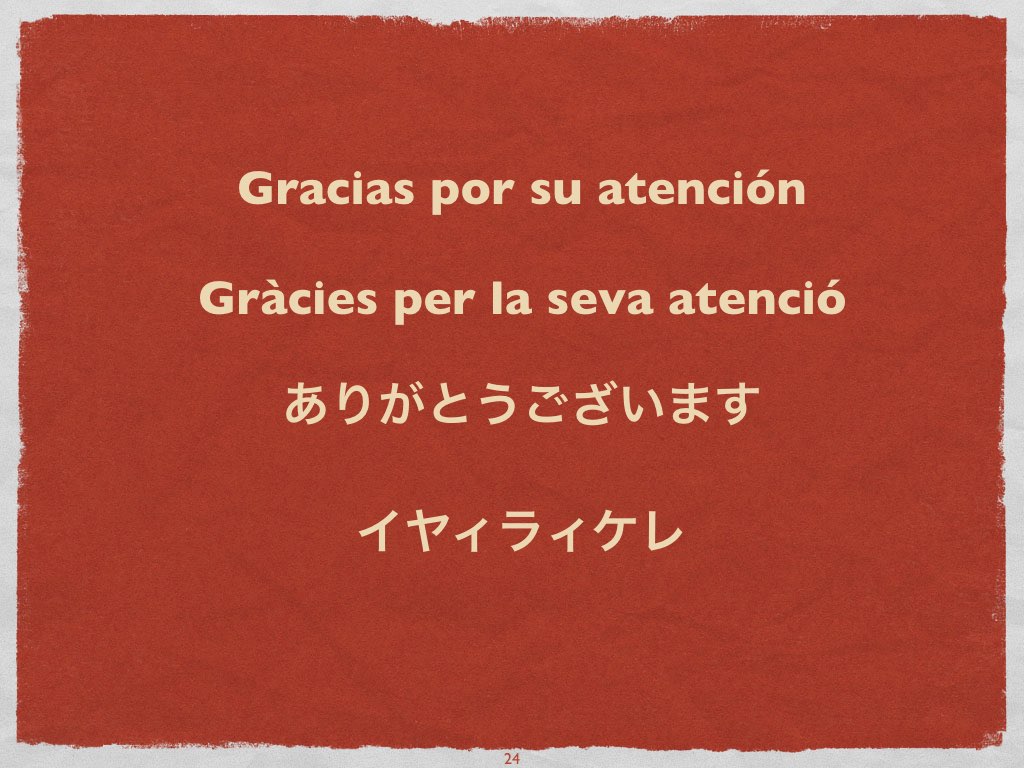 |
23 23. Thanks for listening and directing your attention to my humble lecture. |
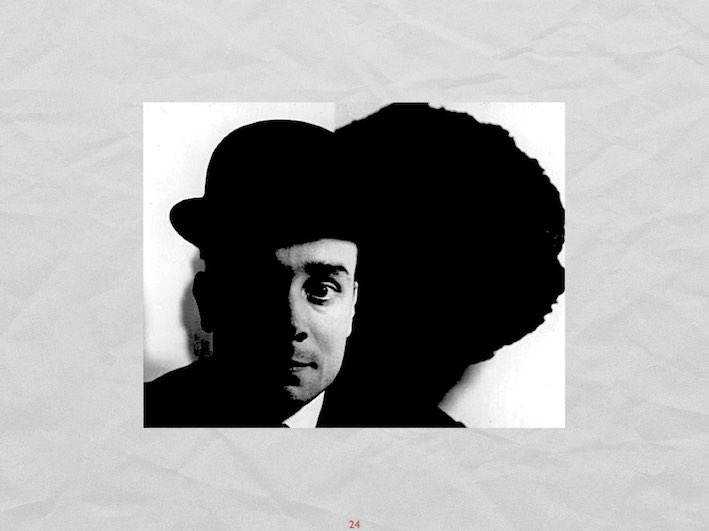 |
24 24. Post-script; In his last paper published posthumously, there is impressive phrases that I would like to present final greeting for "my" audience. (quote) "At any present moment of the dialogue there are great masses of forgotten meanings, but these will be recalled again at a given moment in the dialogue's later course when it will be given new life. For nothing is absolutely dead: every meaning will someday have its homecoming festival." - Michael Bakhtin, 1979. |
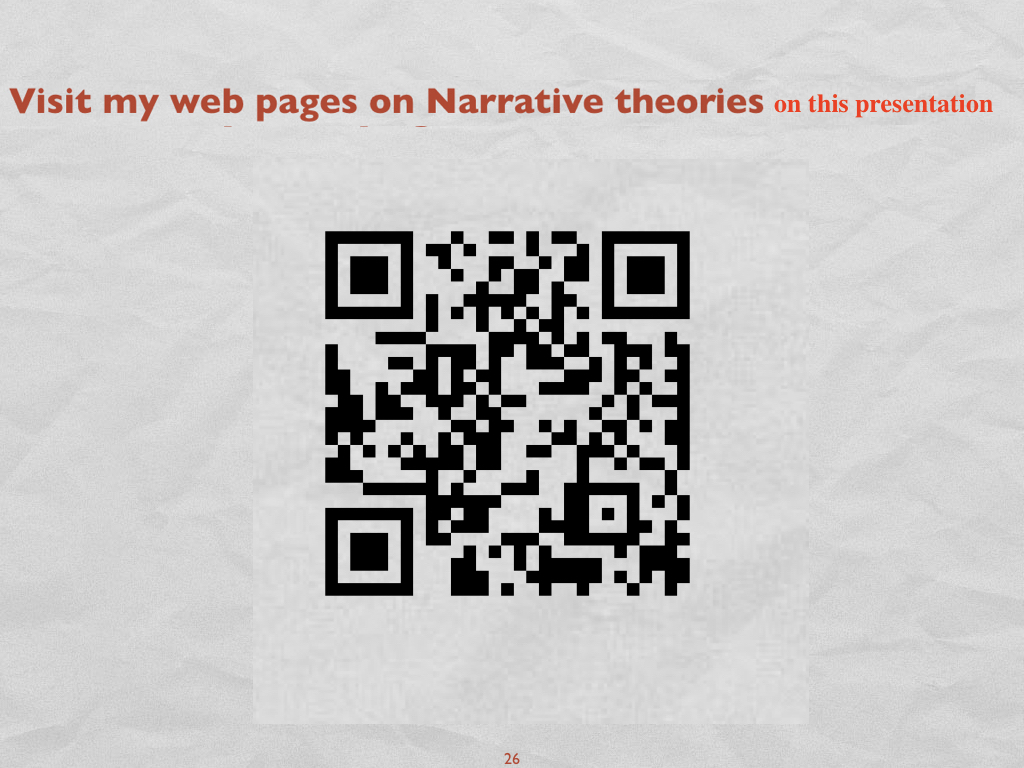 |
25 25. You can find my presentation draft in my web-pages in represented in this QR code. |
Credit:
Link
Bibliography-01
Bibliography-02

Other information
Back to
Portal Classes Virtual
Universrity Medical
Anthro Children's Amusement